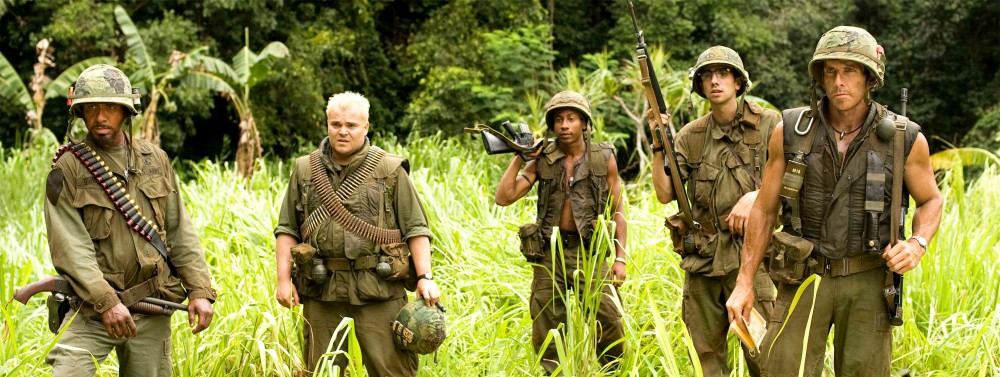Thus far in the course, we have yet to talk much about big Hollywood blockbusters that make up a lot of the industry today. For this reason, I decided to review one of these blockbusters. Superhero movies are rapidly becoming more and more popular, and one might argue that this craze skyrocketed with the release of Joss Whedon’s “The Avengers” in 2012. If we talk about a Hollywood blockbuster as a film with big-name stars, huge budgets, large-scale production, and a thrill-packed narrative, “The Avengers” seems to fit the bill exactly. In its own way, “The Avengers” is able to not only satisfy the usual audience’s desire for a classical blockbuster film, but to also draw in new viewers while executing an overall enjoyable film.
Many blockbusters are able to achieve success in today’s movie market, but not all of them achieve success at the same scale that Whedon achieved with more than $200 million opening weekend. This success ultimately comes down to the film’s ability to reach more than just the target audience of Marvel fans. The beginning of the movie consists of what is basically a very long exposition sequence. One by one, the audience is introduced to each of the heroes. During this introduction, we are provided with necessary background information either through dialogue, through character interaction, or through flashbacks. Tony Stark, for example, is given a background through his conversation with Pepper Potts and Phil Coulson during his opening sequence. Captain America, on the other hand, is given a backstory through flashbacks. These flashbacks are in fact scenes from a previous film, shown here with a distinct filter to notify the viewer that we are seeing glimpses of the past. For the Marvel fan, it is easy to catch these flashbacks as actual clips of another movie. For new viewers, this sequence flows into the story. It not only gives them important character information, but it allows them to quite easily jump into the storyline without having seen any other Marvel film. And that is the key. Any casual viewer can decide to see the movie right now, and nothing would be lost on them. The film easily provides this information in a way that is clear to new viewers, and not tiresome to old ones.
It is impossible, of course, to talk about this film without talking about the star-studded cast. Though obviously a trait held by most modern-day blockbusters, ‘The Avengers” provides another twist. Audiences are more willing to pay to see a film in theaters if it has a long list of actors they know. What “The Avengers” manages to do is not only provide a long list of actors that are popular and familiar, but a long list of characters as well. By bringing together Thor, Captain America, Iron Man, and other loved heroes into one movie, “The Avengers” kills multiple birds with one stone. And not only are the characters present, but they are all written distinctly and individualistically. A fan of Thor is going to see “The Avengers” and see his or her favorite character recognized equally and acting perfectly in character. If he or she falls in love with Iron Man throughout the course of the story, so be it.
Lastly, at the end of the day “The Avengers” provides a wholly satisfying story. Though classical in its structure, with no surprises to be seen, the audience is left on the edge of their seats with action to spare. The thrill-seeking blockbuster-goer will be ecstatic at the excitement of the storyline, while others will find enjoyment in the wit and humor exchanged between the characters in what turns out to be quite a funny script. Some might be drawn to the politics of S.H.I.E.L.D., while others enjoy the dynamic between brothers Loki and Thor. “The Avengers” has something for everyone, and won’t disappoint no matter your preferences.
http://www.imdb.com/title/tt0848228/
